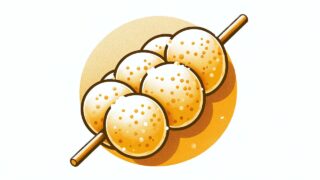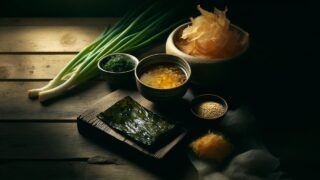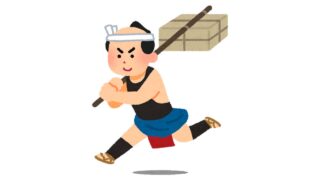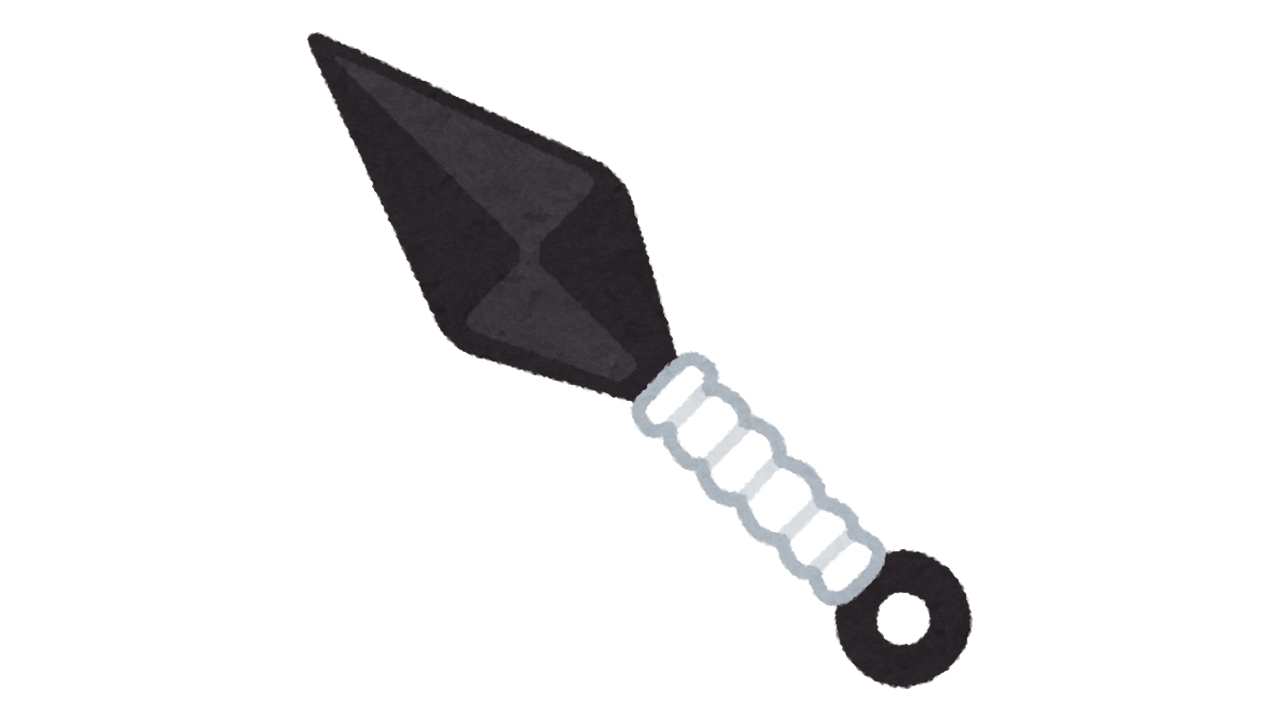Kunai, a staple in the arsenal of ninja warriors, have captured the imagination of people worldwide. Despite their popularity, many are unaware of the rich history and craftsmanship behind these iconic weapons. In this article, we will delve into the origins of kunai, their evolution, and the techniques used to create them.
The Origins and History of Kunai
The roots of kunai can be traced back to the Kamakura period (1185-1333) in Japan. Originally, kunai were derived from a multi-purpose tool called “Tosa kunai,” which was used for farming and carpentry in the Tosa region (present-day Kochi Prefecture). These tools were not initially designed as weapons but rather as everyday implements.
It wasn’t until the Warring States period (1467-1615) that ninja began adapting kunai for martial purposes. They discovered that these tools could be effectively used for throwing, close-quarters combat, and even as climbing aids or door breaching tools.
The Mystery of Kunai’s Inventor
The exact inventor of kunai as a ninja weapon remains unknown. However, it is believed that Fujibayashi Nagato, a prominent ninja from Iga province during the Warring States period, played a significant role in refining and popularizing kunai as a ninja tool. Fujibayashi is credited with optimizing the kunai’s shape and weight to make it more practical for combat situations.
The Art of Crafting Kunai
Traditionally, kunai were forged from iron using the following process:
- Heating an iron rod and hammering it to extend its length
- Bending the iron into the desired kunai shape
- Forging and sharpening the tip
- Creating a hole in the handle for attaching a grip or rope
- Polishing the surface to achieve the final finish
In modern times, kunai are also crafted from stainless steel and other materials, but the basic shape and production methods remain largely unchanged.
Types and Characteristics of Kunai
There are two main types of kunai:
- Straight-bladed kunai: Designed primarily for throwing
- Curved-bladed kunai: Better suited for close-quarters combat
One distinguishing feature of kunai is the presence of a hole in the handle. This hole allows the user to attach a rope or chain, making it possible to retrieve the kunai after throwing or to use it in combination with other tools and weapons.
Conclusion
Kunai, a pivotal part of ninja history and Japanese martial culture, have a fascinating journey from their humble beginnings as farming tools to their status as iconic ninja weapons. By understanding the origins, craftsmanship, and variations of kunai, we gain a deeper appreciation for the ingenuity and adaptability of ninja warriors throughout history. As we continue to study these remarkable tools, we uncover the secrets of a mysterious and captivating aspect of Japanese culture.





















